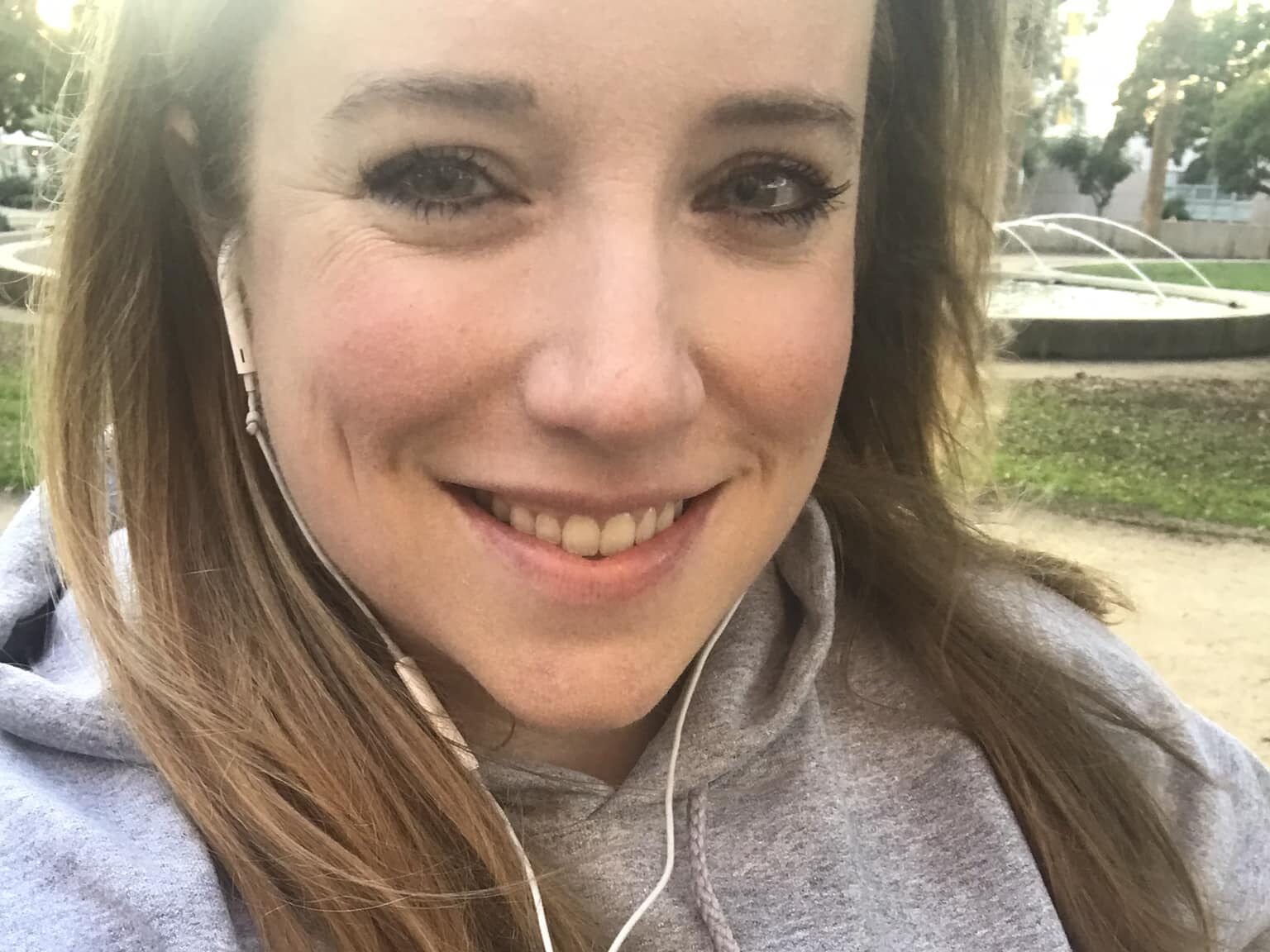After a business trip to France followed by a week of mild COVID symptoms, I was eager to get back into my routine. That is, until I started feeling a strange pain in my leg about three weeks later.
I’d recently had a dermatological procedure on that leg, so I thought my stitches might be infected, but they looked fine. I couldn’t shake the feeling that something bigger was wrong. My leg wasn’t swollen or discolored, but I had a strange heavy feeling that felt different. Even though every part of my brain told me I was overreacting, I decided to go to the ER.
The ER doctor quickly dismissed it as referred pain from the stitches. That didn’t seem right to me, especially considering my recent risk factors, so I kept pushing, even when it was clear that I was annoying him. Thankfully, the ER wasn’t busy, so he finally said, “OK, we’ll do an ultrasound just to calm you down.”
Boy, am I glad I advocated for myself because I was diagnosed with four occlusive clots in the deep veins of my left leg (DVT). The next few weeks and months were a whirlwind of anticoagulants and compression stockings; visits with a PCP, a vascular surgeon, and a hematologist; and being terrified that the clots would break loose and travel to my lungs.
I was one of the lucky ones. I got quick care and great treatment. And six months later, an ultrasound showed that my clots are gone! I still get some pain, along with almost constant swelling and discoloration, but I’m learning to trust that my body is healing—and trust my team of doctors to tell me when things are an emergency.
Nobody knows your body like you do. Educate yourself on the risk factors. In my case, I had the perfect storm of travel, birth control, and COVID—three things that are extremely common for women my age. If something feels off, get checked. Don’t be afraid of being an inconvenience if you’re wrong. It doesn’t matter how young and healthy you are. Blood clots don’t care.
Resources
Travel and Blood Clots
Blood Clots and Birth Control
COVID-19 and Blood Clotting




